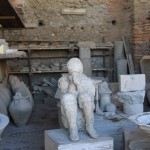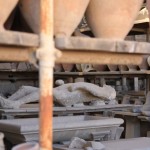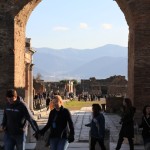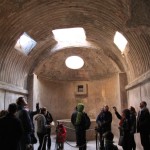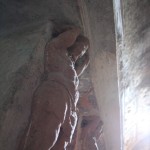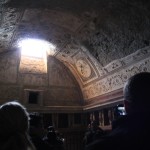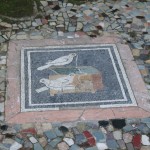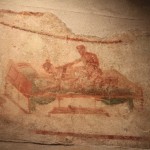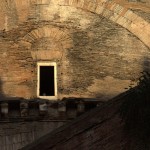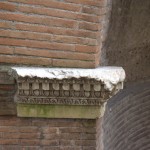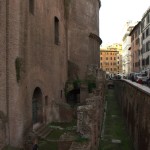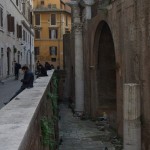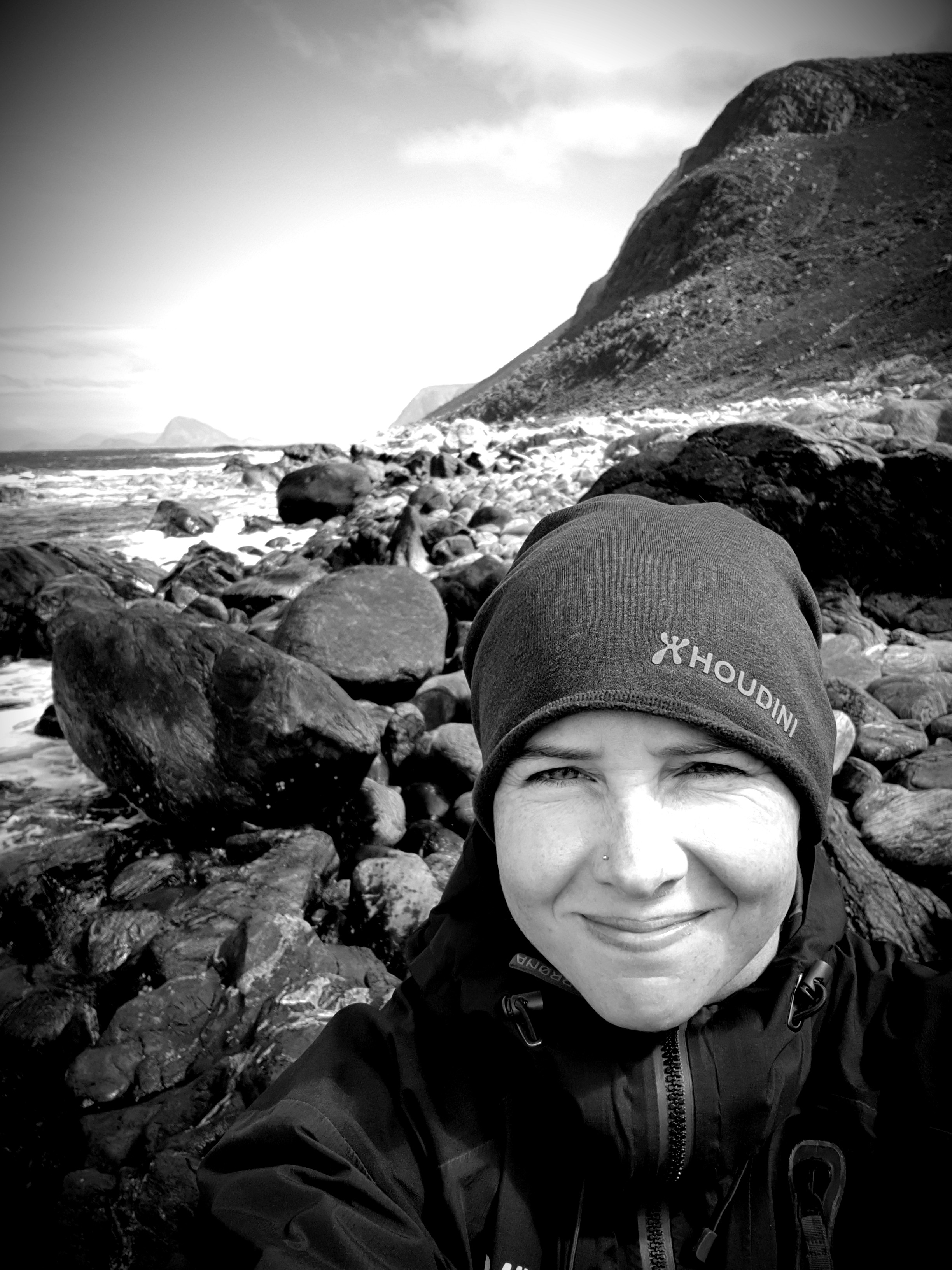Disk image from .nrg to .iso
So, I had this disk image of a game I used to play before I converted to Linux. The image was burned using Nero. To be able to install the game under wine in Ubuntu I converted it to an iso-image following these steps:
- Install nrg2iso:
sudo apt-get nrg2iso - Convert file:
nrg2iso filename.nrg filename.iso
That’s it folks :-)
Polar pulse watch, infrared communication and Ubuntu
Tuesday, December 11th, 2012 Commands, Leisure, Software irDA, Polar, ProTrainer 5, pulse watch, RS800CX, USB None

Got this Polar pulse watch (RS800CX) a while back. With it came the ProTraniner 5 software – not particularly “Linux-friendly” I’m afraid… However, it works fine under wine. To download the data from the watch and sync it with my ProTrainer diary, I had to get the IrDA USB-dongle working. After browsing through various how-to threads, gathering bits and pieces from here and there, I got it working! Since I wasn’t able to find an easy guide out there, I decided to write one myself:
Fish tank reflections in Monterey
Thursday, November 8th, 2012 Ecology, Marine biology, Photography, Science, Travels aquarium, California, Grønt Napp, impressions, inntrykk, marine resources, Monterey, ocean, sea, seafood watch, sustainable seafood None
I went to California. You know how it’s really really hard to shut up about things that get you excited? Yep, this is going to be really really hard to keep short, but I’ll try. The Monterey Bay Aquarium was f***** amazing!
 |
| Monterey Aquarium, Open Sea Tank. (Photo: Guri S. Andersen) |
Fish tank reflections
Remembering the experience, one particular episode brings a crazy happy smile to my face. A tall guy in his 40’s stood with his daughter (about six years old or so) in front of the kelp forest tank. As she pointed at animals and algae in awe, he patiently answered her questions and discussed the information displayed on boards around the tank. When she pointed at a sea urchin, he asked what she thought the «purpose of those spiny things on top of it were»! SO pedagogic I almost went over to hug him. (- Yes, I’m getting soft… like creepy gooey soft…) As a shark passed in front of them, the little girl clung to his thigh. He smiled and held her hand as they watched the elegant creature glide by in silence. That moment of connection in curiosity and awe between generations was truly amazing to observe.
 |
 |
 |
| Kelp Forest Tank (Photo: GSA) | Lady and anemones (GSA) | Jelly Tank (Photo: GSA) |
A really short list of good things that’s easily done:
-
Eat sustainably, and spread the word about sustainable food guides (see below).
-
Don’t be afraid to ask where the seafood you’re planning on buying was harvested. In Norway for instance, cod from Barentshavet is harvested sustainably, while cod from the North Sea is not. Keep in mind that the «sustainability» of a product also varies with your location. Transportation of fresh food from one corner of the world to another is seldom environmentally friendly…
-
Avoid excessive use of plastic bags, recycle and be really cautious about where you throw items that may cause harm to animals.
Seafood guides
(For comments (I appreciate it): “Feeders”, please visit my blog. If you’re already visiting, click the “view comments” link below.
List of blog posts (in Norwegian) about sustainable seafood and how to choose:
Hvordan velge riktig sjømat
04 Mai 2011
Sommeren er på full fart inn i stua og kjøkkenet, og vi i Marinbiologene gleder oss over det. Med sommeren kommer også lange kvelder med deilig sjømat og god vin. Sjømat er godt, sunt og ofte …
Klimasmart sjømat: Marinbiologenes guide til sjømatguider – del 3
25 Mai 2011
Du står i butikken og klør deg i hodet. Du ønsker å være en miljøbevisst forbruker, men hva er egentlig mest miljøvennlig? Du har hørt at fisk fra frysedisk ikke …
Miljømerking: Marinbiologenes guide til sjømatguider – del 2
20 Mai 2011
I del to av vår guide til sjømatguider skal vi se nærmere på miljømerking av sjømat. Produkter som er sertifisert og godkjent av et miljømerke skal oppfylle bestemte krav og kriterier i forhold til miljøvennlig og bærekraftig …
Marinbiologenes guide til sjømatguider – del 1
09 Mai 2011
Her skal du få en kjapp introduksjon til noen nettsider med informasjon om vanlig norsk sjømat. … Guiden viser til MSC sertifiseringen av sjømat og anbefaler at man ser etter deres symbol når man skal kjøpe fisk og skalldyr.
Echoes in pictures
- Faun
- A teenage boys last moment
- The last moment of an old man
- 2000 years after
- 2000 years after
- public bath
- public bath detail
- public bath
- mosaic floor
- brothel decor
Some snapshots with echoes from ancient and recent pasts. Read the “2000 year old echoes” post to get the story in words :-)
~Guri
2000 year old Echoes
Sunday, January 29th, 2012 Leisure, Photography, Travels pompeii None
Taking a stroll in the ruins of Pompeii was… I don’t know… using a little bit of imagination, it felt kind of like taking a time travel about 2000 years back in time. We walked the streets, checked out local brothels and bakeries and enjoyed the sun shine on marble stones embedded in the streets. The bright white stones also reflect the moonlight, making it easy to follow the main roads in night-time. It must still be a beautiful sight, like watching the reflection of a sparkly night sky.
As we walked through the city, we noticed that wheels from horse carriages that used to fill the streets had left permanent marks in them. We were taken away by mosaic floors with the warning “be aware of the dog” (in latin) and amazingly well preserved frescos depicting sexual activity. The guide told us that 32 bakeries and 24 brothels were discovered in the excavations of Pompeii (roughly 35% of the city is still covered, though). Lars comment was: “Jaha, så det var tydeligvis såvidt litt viktigere med brød enn med morrabrød…” I won’t even try to translate that one…
After the eruption of a volcano close by the Vesuvius (Vesuvius was evidently formed during this eruption), the city of Pompeii was completely covered by volcanic stone and ashes. Along with the buildings, about 2000 of the 20-30 000 people residing there, cats, dogs and other animals were buried alive. They all had roughly three days to get out, but for some reason they didn’t. The cavities and the bones left after the decay of the bodies were so well preserved, that complete plaster casts were made at the discovery. Seeing the shape of humans, like 2000 year old echoes of their dying moments, made a profound impression somewhere in me.
The echo of a teenage boy: 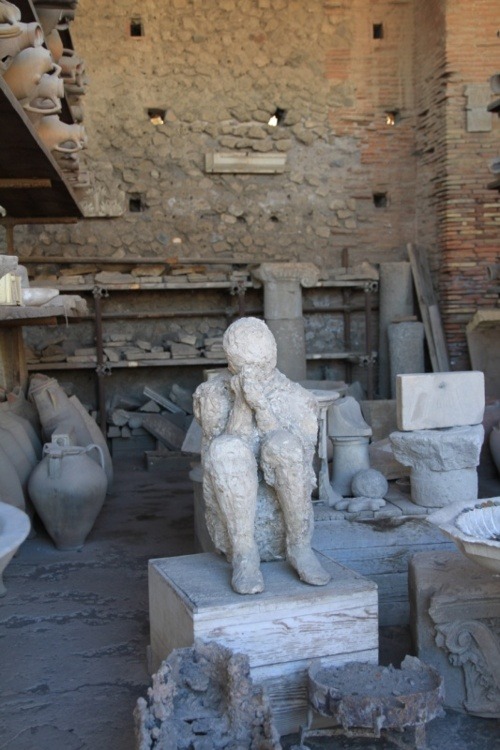
The site was discovered by accident in 1749 (read more here) and is really well worth the three hour drive from Rome. I’ll add a picture gallery in a short while…
~Guri
Pantheon depicted
Friday, January 13th, 2012 Leisure, Photography, Travels None
Today we passed Pantheon again. A walk around the Pantheon is also a nice experience. I have tried to capture some of the details here.
~Lars
Older Posts Back




